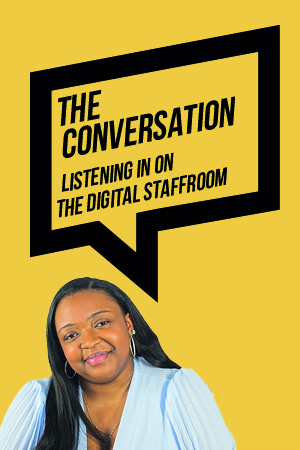Publisher
British Library
Published
22 Apr 2022
It is easy to believe that ‘fake news’ is a modern phenomenon, brought about by social media and promulgated by politicians. Yet as the British Library’s event, ‘Breaking the News’ exhibition demonstrates, fake news – or that unforgettable phrase ‘alternative facts’ – have been features of news reporting for at least 500 years.
The exhibition is not arranged in chronological order but in themes, including crime, conflict, power and censorship. As the blurb reads, “Whilst the themes that interest people do not generally change, the form and ownership of news does”. Neither are the items on display restricted to newspapers. Pamphlets, radio broadcasts, film and video all serve to enrich the experience.
And the approach works well, not least because it illustrates that while the things that concern us (and the English language itself) may change over time, more fundamental issues about reportage do not. These issues include such aspects as who is breaking the news, what particular axe are they grinding, and how the news is reported.
It’s interesting to read the way crime tended to be reported in past centuries. Far from reporting the facts, as far as they were known, many pamphlets and newspapers set out to either scare people to death or to sermonise. This suggests a couple of questions to put to students: (a) should news reports set out to do anything other than provide information?; (b) although we may be taken aback by the lurid treatments of yesteryear, are the issues lessened in any way by the more subtle ways of the modern media landscape?
So far, so interesting. Teachers and students of history, for which the key stage 3 programme of study states that students should understand “how different types of historical sources are used… and interpretations of the past have been constructed”, will find plenty to engage with. So will English and media studies teachers and their pupils, for whom learning to read texts critically is central to the curriculum. The latter will find the exhibition particularly apposite. And in light of a recent Ofsted report that found digital literacy wanting because of teachers’ tendency to regard students as digital natives who don’t need explicit teaching about such matters as e-safety, there’s something here for everyone.
Some images and film that are extremely upsetting
‘Breaking the News’ presents a broad sweep of the (fake) news landscape. In the space of perhaps 90 minutes, one can easily see the similarities between a 16th-century pamphlet and a Facebook campaign aiming to convince others of “your truth”. But while breadth is the exhibition’s main strength, the trade-off of sacrificing depth and nuance is its major weakness. For example, a section presents a photo of Greta Thunberg accompanied by the text “1970s. Climate change: early reports claim fossil fuels are polluting the planet but sceptics ask ‘how bad is it?’”. Some sceptics are still asking that, but why no mention of those who have been raising the issue for decades?
So the exhibition should in my view be regarded as a starting point for questioning and discussion, rather than as the definitive authority on this subject.
Should you decide to take a group of students though, there are a few things to bear in mind. First, be aware that there are some images and film that are extremely upsetting. You may wish to visit first if possible to decide what’s appropriate, and perhaps plan to avoid those parts. On the plus side, groups of students and their teacher can enjoy free entry provided they book in advance, and there is even a room where school groups can eat a packed lunch. And for those in year 10 and above, guided workshops, including a talk and worksheets, are also available.
It’s worth noting too that if you can’t make it, or decide not to, the exhibition has an accompanying book that could prove a useful resource.
Bottom line: it is absolutely worth your time and trouble to arrange a visit. But carefully consider how this important topic is built into your wider curriculum, who will benefit most from it, and how you will build in time before and after for discussion.
The author would like to thank the British Library for all their support in making this review possible – an encouraging experience for any teacher planning a school trip.













Your thoughts